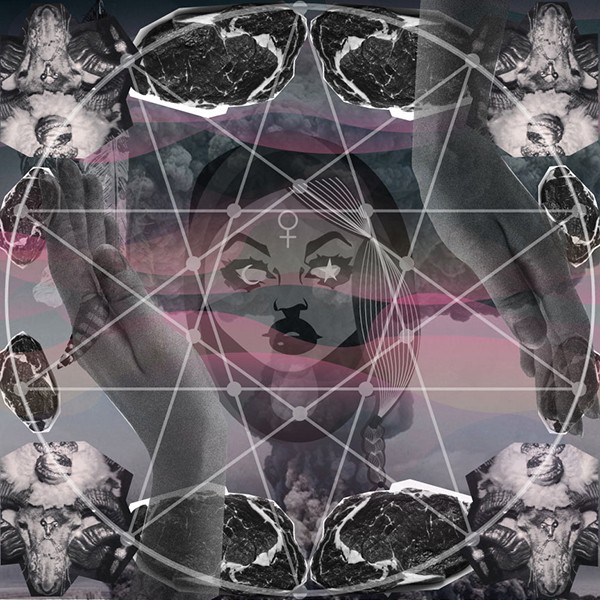Samhain ushers in a new year for witches
Feminism and witchcraft can empower a fearless relationship with death
Halloween is the product of a centuries-long game of telephone that started with Samhain, the pagan Sabbat of death and rebirth, though the meaning of the celebration has changed with time.
“Samhain really is the witches’ new year,” Dominique Smith, a local witch and the owner of the downtown occult book shop Elemental, says.
“It follows the wheel of the year based on agriculture that comes out of Great Britain. The theory is that the veil between the worlds is at its thinnest during Samhain, and it’s easier to communicate with the dead, your beloved dead, your ancestors.”
In Smith’s words, Samhain marks “the end of one cycle and the beginning of the next. Death is the unveiling of the unknown and necessary for any change or growth. It doesn’t have to be scary, it’s just a transition into another understanding of things.”
Smith notes that the cycle of death and rebirth also applies to politics.
Illustration by Kait Evinger
“In politics right now, we see an unveiling of all the filth and grime that has been hidden. Fear of what’s on the other side keeps us stagnant and keeps us in systems that inevitably take advantage of us and eat us alive,” she says.
Malaikah Rang’inya, a young, self- identified witch, describes embracing death as “empowering.”
“Sometimes you just have to burn something down! Sometimes you can’t actually fix something by continuing to tweak it,” Rang’inya says. “Sometimes you do need to demolish a building because it was just so run down, so poorly built in the first place, that you just have to start afresh. On the other side of death is renewal.
“I think it’s also really easy to embrace death when you hate most of the things that are happening in the world.”
Drawing parallels between witchcraft and feminism, Smith describes both disciplines as “a practice of accountability and personal responsibility.”
“Modern witchcraft is inextricably linked to feminism,” she says. “By its nature, it forces a political confrontation. It’s transgressive and counter-culture. We become the mirror for what’s wrong in the world, and we’re the ones going ‘hey, that’s not okay.’”
In addition to the confrontational and critical nature of both witchcraft and feminism, Rang’inya describes a shared feeling of community and celebration between the movements.
“It’s that element of being stronger as a unit, of being excited by someone else’s strength and power. When you find a coven, everyone’s like ‘the stronger you get, the stronger we all get,’” Rang’inya says. “It allows the boldness of being the largest, most take-charge version of yourself that takes up the most space in the world.”
Against a backdrop of a white supremacist capitalist patriarchy, Rang’inya says both witchcraft and feminism have “a deep core principle of reclaiming power,” which can be used to combat and transform these oppressive structures.
“Yes, these systems have made me powerless, but I also made myself powerless, because I wasn’t diving into my own power and owning it,” Rang’inya says.
“I’m here for me in my corner and I’m fighting for me. My feminism is here for me, and witchcraft is here for me, and they both have my back. You can try to do harm to me, but both of those things are here to protect me.”
Published in Volume 72, Number 7 of The Uniter (October 26, 2017)





